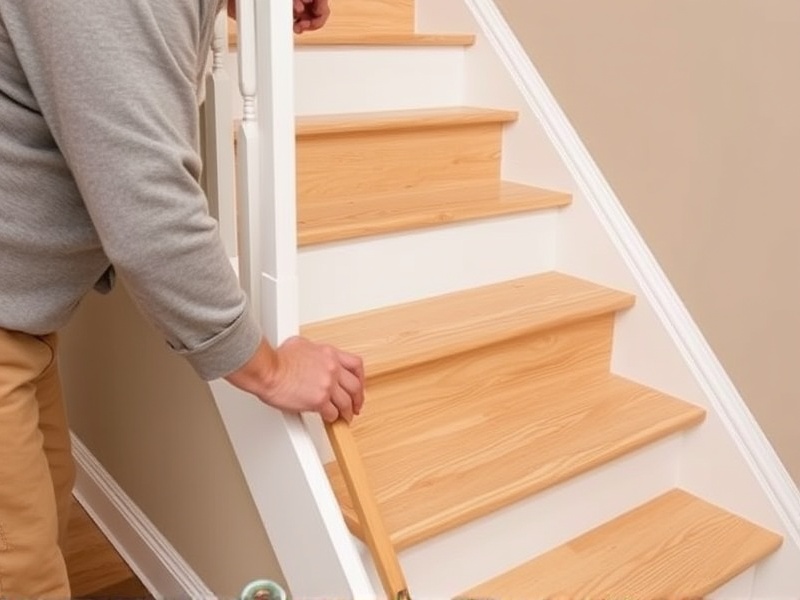Our Location
304 North Cardinal St.
Dorchester Center, MA 02124

Stair risers are a critical component in staircase construction, serving as the vertical portion between two steps. They play a crucial role in determining the overall aesthetics and safety of your stairs. When it comes to attaching stair risers, there are several factors to consider, including the correct riser height and depth. These dimensions must be chosen and aligned precisely to ensure both safety and comfort for users.
The standard height for stair risers is typically between 7 and 7.75 inches (178 to 197 mm), according to the International Building Code (IBC). However, this can vary depending on local building codes and specific project requirements. It’s essential to consult these codes or hire a professional to ensure compliance. The depth of the tread, which is the horizontal part of the step that you step on, should ideally be at least 10 inches (254 mm) deep to provide ample space for foot placement. Proper alignment of the risers with the treads ensures a smooth and safe walking surface.
Attaching stair risers involves a few key steps to ensure they are securely fastened and properly aligned. First, measure and mark the exact position where each riser will be installed. Use a level to ensure the risers are straight and plumb. Fasten the risers using screws or nails, ensuring they are driven into the stringer at regular intervals for maximum stability. It’s important to pre-drill holes to avoid splitting the wood. Once all risers are attached, sand any rough edges and apply a finish that matches the rest of your staircase for a seamless look.
Professional carpenters often recommend using high-quality materials for risers to ensure longevity and durability. Hardwood species like oak or maple are popular choices due to their strength and aesthetic appeal. Additionally, incorporating an adhesive under the risers can provide extra support and prevent any gaps from forming over time. Always check for squareness during installation to maintain the integrity of the staircase structure.
One common mistake is not paying enough attention to the alignment of the risers with the treads. Misalignment can lead to uneven steps, which can be hazardous. Another frequent error is installing risers too tightly against the back of the tread, which can create tripping hazards. Always leave a small gap (about 1/8 inch) between the riser and the tread to accommodate any movement due to expansion and contraction.
National Association of Home Inspectors: Stairway Code Requirements